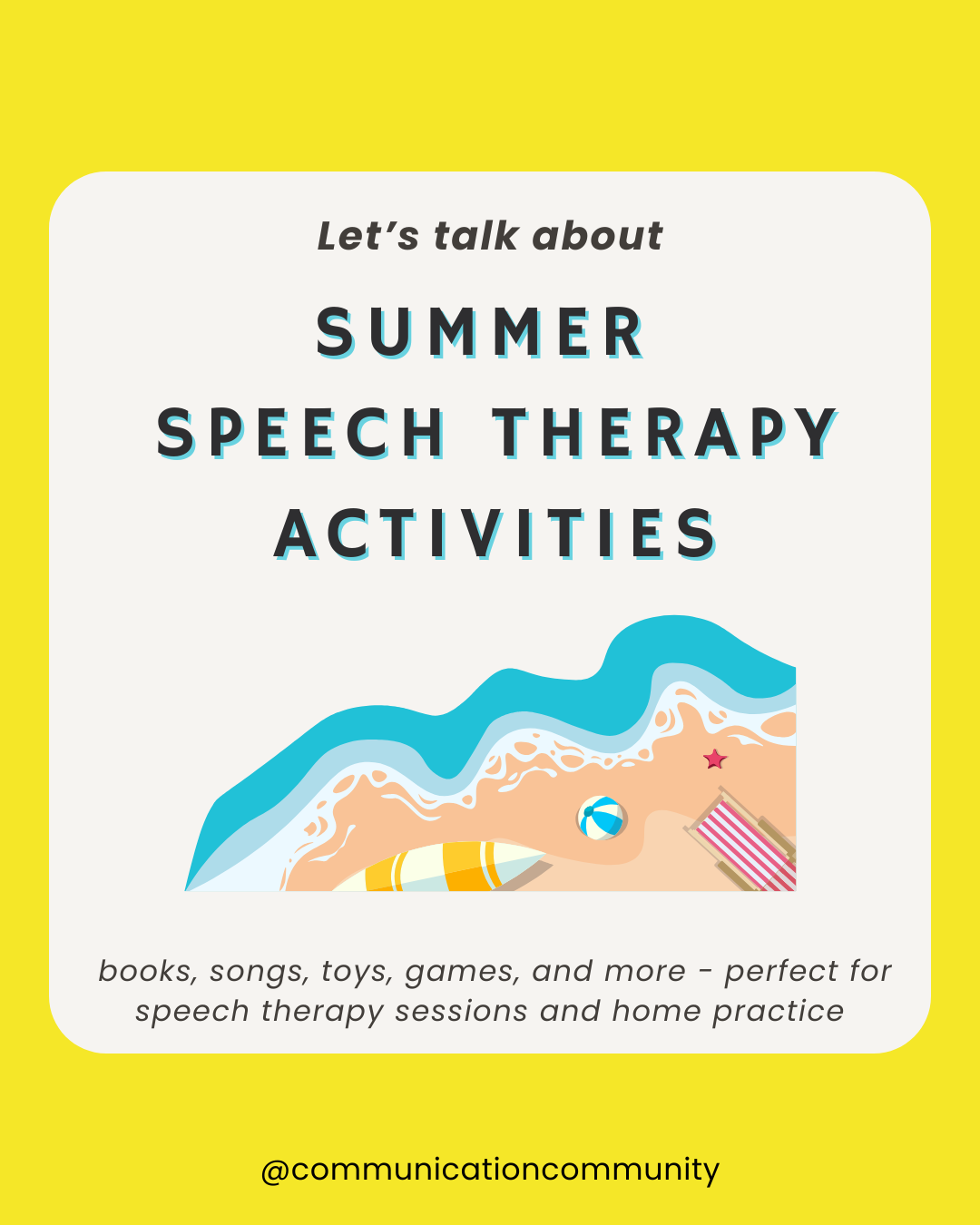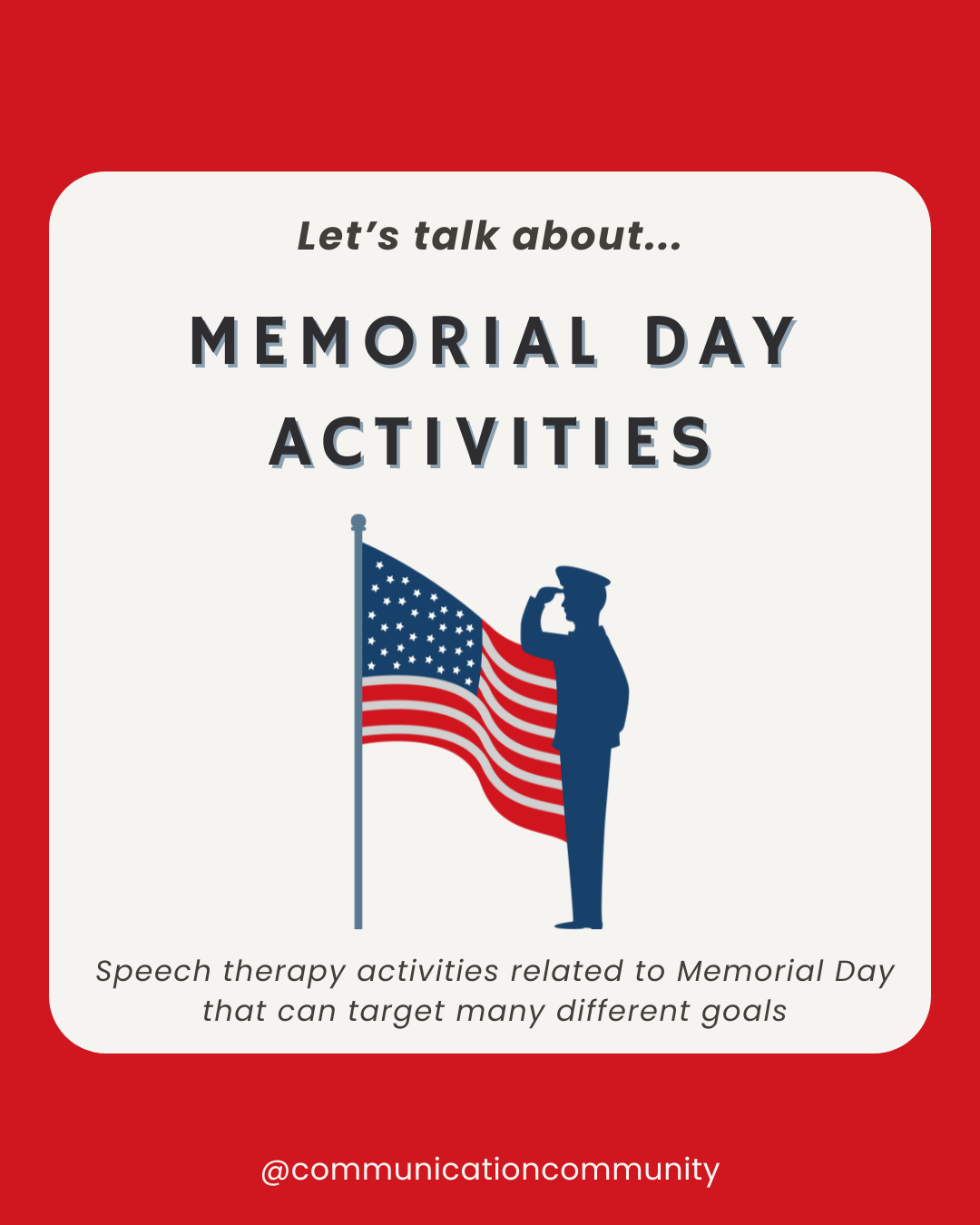Virtual tours (aka virtual field trips) were a hit during remote learning...and they can still be a hit now! Continue reading to see how we use virtual tours to target receptive language, expressive language, and pragmatic language skills.
Virtual tours or virtual field trips can be accessed as an at-home resource, in addition to an in-school resource on a Smartboard or digital display for the whole class to follow along.
We have used them in therapy to target the following skills:
Receptive Language
I Spy: work on auditory comprehension by scanning and identifying different items in the video/screenshot (fun for small to large groups and individual sessions); use specific/descriptive language to make the task more complex. For example, you may say, "I spy something spotted..." or "I spy something smaller than the bush..."
Prepositions: follow directions specific to preposition concepts, e.g., “Show me the monkey next to the tall tree” or “Point to the fish that swam under the rock”
Expressive Language
Descriptive concepts: work on expanding language and vocabulary (e.g., “Tell me 3 words to describe the sea otter”) or work on generating simple to complex sentences about a species or object. This can be an oral or written exercise!
Same and different: use visuals (think: Venn diagram) as a resource and talk about the similarities and differences between animals or objects you see; category work and naming activities can be included too. For example, you can discuss how dolphins and fish are similar and different
Pragmatic Language
Develop questions/comments: practice questions to ask the tour guides about animals/objects you see to gain more information (e.g., “Where does the polar bear live?”) or make comments (e.g., “The cow is my favorite farm animal”). You can work on facts versus opinions as well and work on identifying whether certain statements (e.g. "dinosaurs are cooler than tigers") are fact or opinion!
Top 10 Virtual Field Trips for Speech Therapy
Virtual tours offer a behind-the-scenes view of what goes on at these establishments (sometimes even more than what we would see in person), and many of these sites offer digital channels as well. We have listed some of our favorite virtual tours and educational channels below!
Zoos and Aquariums
Marineland Dolphin Adventure (featured video)
Denver Zoo: https://www.youtube.com/c/DenverZooDZTV/featured
LA Zoo: https://www.youtube.com/user/TheLosAngelesZoo
Museums
Detroit Institute of Arts (featured video)
The MET: https://www.youtube.com/watch?v=y4i03lJreOI
Smithsonian: https://www.youtube.com/watch?v=wcjlUhYJE78
Farms
Florida Dairy Farms (featured video)
Farm Food 360: https://www.farmfood360.ca/
The 10 Acre Woods: https://www.youtube.com/channel/UCirFhr1Yk2ULP5cniE96S1g
Live Animal Cams for Speech Therapy
Guided and independent tours are exciting and educational, but there is also something to be said about observing different species during their candid moments! Institutions like the San Diego Zoo also offer live cams of an array of animals, such as hippos, penguins, elephants, and more.
The Monterey Bay Aquarium also has other interactive live cams, some with narrated feedings (see select times). Featuring sharks, sea otters, and other marine species!


![How to Write Apraxia Goals [with goal bank]](https://www.communicationcommunity.com/content/images/2024/07/Apraxia-Goals--1-.png)




